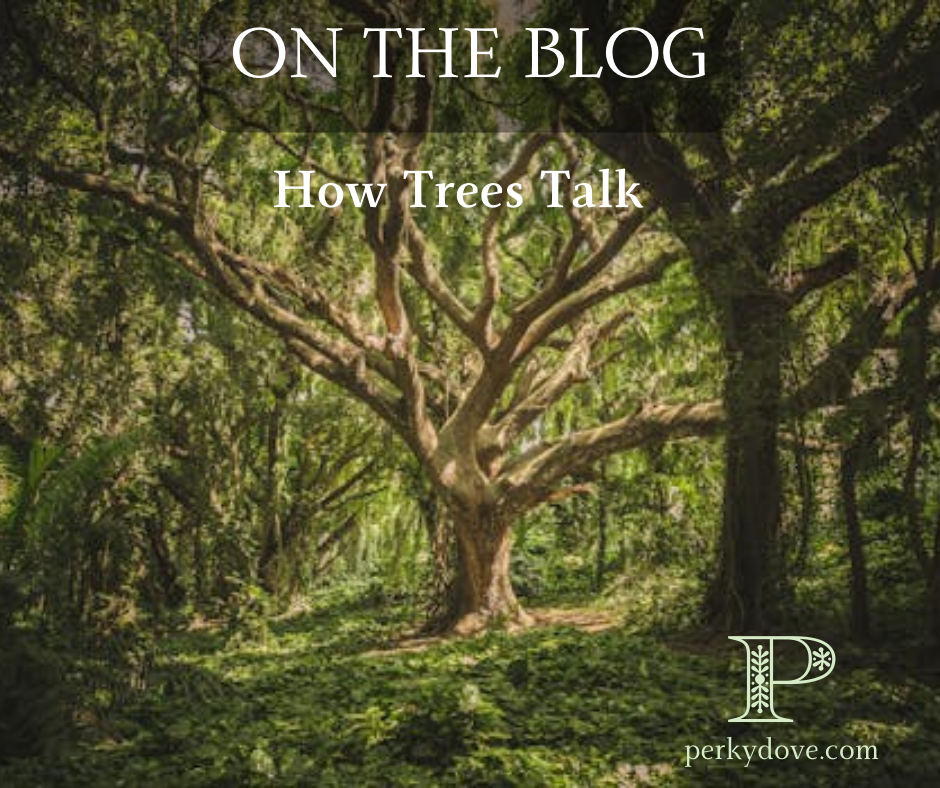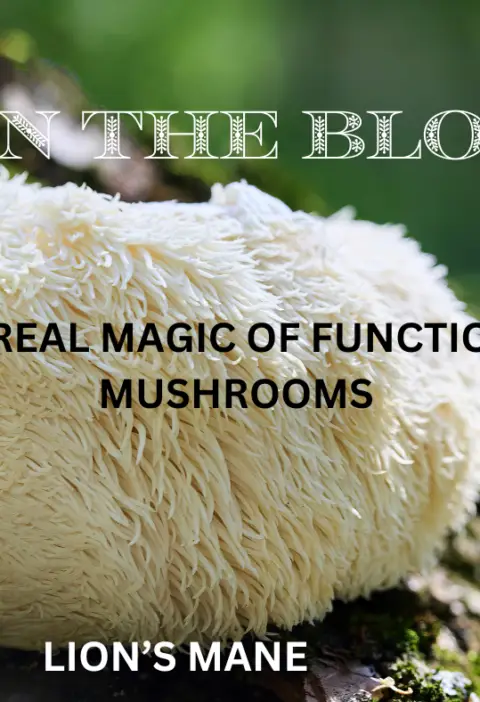Trees can communicate with each other through an underground network of fungi known as mycorrhizal networks. They exchange nutrients and information, and even help each other by sending warning signals about pests or diseases. This network is often referred to as the “Wood Wide Web.
How It Works
- Mycorrhizal Networks: Mycorrhizal fungi form symbiotic relationships with the roots of most plants. The fungi colonize the root systems, extending far into the soil and connecting with other plants. This network allows for the exchange of nutrients, water, and chemical signals.
- Nutrient Exchange: Trees and plants use this network to exchange essential nutrients. For instance, a tree that has access to more sunlight can photosynthesize more and share excess carbon with a neighboring tree that might be shaded and thus has less carbon available. In return, the shaded tree might provide essential nutrients like phosphorus or nitrogen that it has in abundance.
- Warning Signals: When a tree is attacked by pests or diseases, it can send chemical signals through the mycorrhizal network to warn neighboring trees. These trees can then bolster their own defenses by producing protective chemicals, making them less susceptible to the same threat.
- Support for Seedlings: Older, established trees, sometimes called “mother trees,” can support younger seedlings by sharing nutrients and water through the network. This helps the seedlings survive and grow in a competitive forest environment.
- Stress Response: Trees under stress, whether due to drought, poor soil, or other environmental factors, can receive support from healthier trees via the mycorrhizal network. This communal support system helps maintain the overall health of the forest.
Research and Findings
- Suzanne Simard’s Research: Dr. Suzanne Simard, a forest ecologist, has conducted extensive research on this topic. Her studies have shown that trees can share resources and communicate through the mycorrhizal network, which enhances their survival and growth.
- Chemical Communication: Trees release various chemicals into the network, including allelochemicals, which can inhibit the growth of competing plants, and signaling molecules that can trigger defensive responses.
Ecological Implications
- Forest Resilience: The interconnectedness provided by the mycorrhizal network enhances the resilience of forests, allowing them to adapt to changing conditions and survive environmental stresses.
- Biodiversity: This underground communication system supports biodiversity by enabling a variety of plant species to coexist and thrive in the same ecosystem.
In summary, the “Wood Wide Web” is a fascinating example of how trees and plants interact in ways that go beyond our traditional understanding of plant biology. This network is crucial for the health and sustainability of forest ecosystems.






